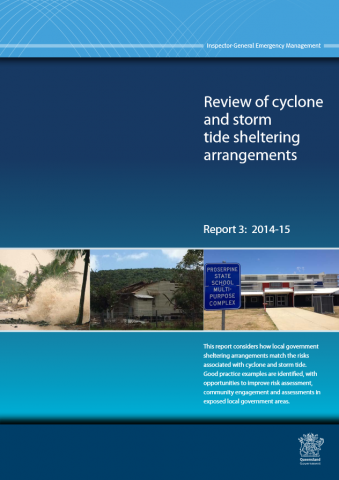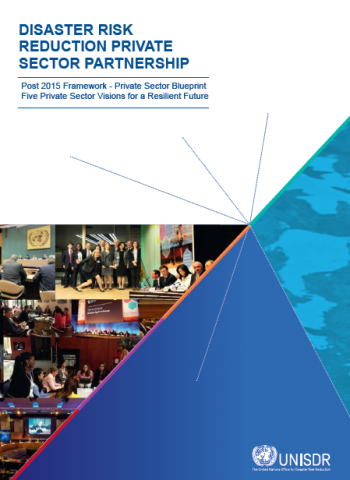Humanitarian Action in Drought Related Emergencies
The paper offers insight and recommendations around preparing for and coping with drought as a recurrent and natural hazard in many parts of the world. It largely focuses on the Africa context, and suggests ways to improve effectiveness of humanitarian action. For example, early warning systems have evolved greatly over the years, however there is room for improvement when it comes to contextualizing systems to local settings, taking into account diversification of livelihoods, such as pastoralists looking at alternative income generation. Local coping strategies are highlighted in the context of dynamic change, where urbanization is having a major influence. Other issues raised include the need to check assumptions around traditional drought assessment practices that tend to too food security focused and often overlook the needs of marginalized populations, and the growing body of good practice around accountability toward disaster-affected populations.
Humanitarian Action in Drought-Related Emergencies
http://www.alnap.org/resource/6156.aspx


